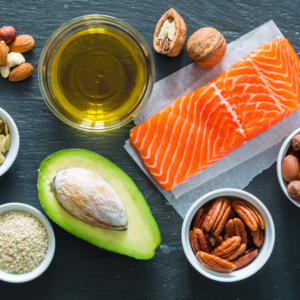What You Should Know About Training Fasted
Training fasted is becoming increasingly popular in the fitness world, with people from all backgrounds trying it out. But what are the pros and cons of training fasted? Is it really a feasible approach for everyone? In this article, we’ll discuss why some people choose to train fasted and the potential benefits and drawbacks of doing so.
What Is Training Fasted?
Training fasted refers to exercising in a state of fasting (not having consumed food for at least 8 hours). There are several reasons why someone might choose to train in a fasted state, from religious observance to simply wanting to maximize fat loss while still getting an effective workout. Many people also choose to train fasted because they feel that it helps them focus more on the task at hand—working out—and less on their hunger cues.
Pros Of Training Fasted
One of the biggest advantages of not eating before a workout is that it can help you burn more fat than you would if you ate before working out. By not eating beforehand, your body has fewer calories to use as fuel during your workout. This means that your body will be forced to tap into you workout its stored fat reserves for energy instead, resulting in greater fat loss over time.
Loss of muscle mass is possible when you fast. Your body may break down muscle tissue for energy, which can lead to loss of muscle mass over time.
Additionally, some studies have found that exercising in a fasted state can lead to improved insulin sensitivity and increased metabolic rate throughout the day. Finally, many people find that training fasted allows them to focus better on their workouts since they aren’t distracted by hunger pangs or feeling sluggish due to eating beforehand.
Cons Of Training Fasted
The downside of training in a fasted state is that it can lead to decreased performance during your workout. This is because you don’t have enough energy stores in your body for fuel. If you don’t have enough energy available, you may find yourself feeling weak or unable to push yourself as hard as usual during your workout. Additionally, if you don’t consume enough calories after your workout is done, you may end up feeling lightheaded or shaky due to low blood sugar levels. Finally, if you’re new to training fasted or haven’t been following a healthy diet and lifestyle recently, then it may be best for you not attempt working out without any food beforehand.
Ultimately, whether or not training fasted is right for you depends on your individual goals and lifestyle choices; there isn’t one “right” answer for everyone! That being said, those who are interested should consider both the pros and cons before making any decisions about whether or not they want to try training fasted themselves. Once again though—if you’re new or returning from an extended break from physical activity—it’s always best practice to start slow and gradually increase intensity when first beginning any type of exercise program







